zebra plant care winter
Mauritiana Zebrina Zebra Mallow is an erect bushy biennial or perennial boasting attractive flower spikes adorned with 5-petaled soft pink flowers with striking raspberry-purple veins. Choose a sunny to partially sunny location when growing zebra grass.

Zebra Plant Aphelandra Squarrosa Growing And Care
Also plan to fertilize in the spring and.

. They are visited by many insects especially bees for pollen. Also it is important to shield your Zebra plant from cold drafts and sudden temperature drops. It can cause damage to the plants beautiful foliage.
Zebra plants thrive in temperatures between 65 75 degrees fahrenheit during the growing season. Zebra plants are very hardy but they should be kept in temperatures above 50 degrees Fahrenheit. The plants are hardy to USDA plant hardiness zones 4 to 9.
It is also hard to achieve especially if you dont do the zebra plant care right. Water plants only if they show signs of stress. You should keep the soil moist at all times during your plants growing season watering your zebra plant as much as needed to prevent the soil from drying.
Zebra plant and Saffron spike Zebra. In winter a south-facing window is ideal. From the blog Plants are the Strangest People.
Zebra plants prefer average room temperatures of about 65 to 75 degrees F 18 to 24 degrees Celsius. Here are a few tricks. Southern and Southeastern Brazilian rainforest.
Use a potting medium that drains well and keep it moist not wet. When you plant it you dont expect. When watering zebra plant we should strictly control the amount of water stop water supply when the water flows out of the basin bottom and avoid such plants from rotting roots caused by ponding.
However you can leave this plant outside at the 50-degree mark if that is how cold your falls and winters are. Temperature 15-28C Keep temperature above 15C in winter. Keep your plant at average warm temperatures 70F-80F 20-25c with bright indirect sunlight.
Avoid temperatures below 50 degrees sudden temperature drops or cold drafts. The Zebra Plant enjoys average room temperatures of 60-85 degrees. The leaves are storage organs so water much less during the.
Hot sunny summers help the plant form copper colored feathery inflorescences in September. Blooming from summer to fall the showy flowers 2 in. Increase frequency with increased light.
We can also adjust the water supply and watering time according to the season and plant growth. They may thrive in 40-80 percent humidity but they dont like wet feet. Avoid long hours of direct sunlight.
Though it sounds complicated once you get to know the plants characteristics and demand it would be a piece of cake. The simplest option is to use an African violet potting mix or you can. Once these plants are established they become drought tolerant.
Understand all the insights on how to care for your Haworthia. Never allow your zebra plant to spend long in temperatures below 55 degrees. If your plant is exposed to colder weather for a long period of time the zebra plant leaves may turn yellow and fall off.
Winter is a tricky time for these plants although they are a tough species. Zebra plants like rich well-drained soil that holds moisture. If youre trying to grow your zebra plant outdoors be sure that its in a sheltered location.
They do need high humidity and setting their pot on a tray filled with pebbles and water or regular misting should be an integral part of how to care for a zebra plant. If your plant doesnt get enough natural light you can try supplementing with a grow light. Low humidity levels within an artificially heated room during winter is not going make a Zebra plant very happy.
You may need to raise the humidity levels in a room artificially by placing the plant in a humidity tray with pebbles or use a humidifier appliance. Once the whole pot is truly dry then water the soil thoroughly. Toxicity This plant is pet-friendly.
It can tolerate temperatures dipping down to the 50 degrees Fahrenheit mark but it is best not to change them so often. Placement under a thick tree canopy or porch should work well. Make sure to never put your Zebra plant in a room that is lower than 60 degrees F 15 degrees Celsius.
If its summer and your plants bloom is fading after its six weeks of glory cut the bract back to encourage it to. Zebra plants like slightly higher humidity than many other plants of 60 - 70. No fertilizer is necessary during the winter when plant growth naturally slows.
Avoid overwatering but dont let them dry out completely. Haworthia fasciata plant traces its origin to the native areas of South Africa. Site Conditions for Growing Zebra Grass.
In winter dont let the temperatures fall under 55F 15C. During the growing season water the Zebra Plants thoroughly and then water when the soil becomes dry to the touch. Keep them away from heating vents to prevent overheating and drying.
During the growing season spring fertilize your zebra plants with a liquid feed of triple 10 especially if your zebra grass is turning a pale yellow. Water your zebra grass twice a week when first installed. Ideal temperatures for zebra plants are between 68 and 75 degrees F.
It needs light but not direct sunlight. The plant is small and will have a height of 3 to 5 inches. They do okay in 60 F temperatures at night but will suffer in 55 F or below.
Many Haworthia species can be very hard to identify correctly and even experts will disagree. Many growers will overwater then alongside cold temperatures or drafts the plant can become very sick or even die. Water Water when the soil is fully dry.
Calathea zebrina slows or halts its growth cycle in the winter and thus requires less water so you should cut back on your irrigation routine starting around November. We agree that the Zebra Cactus is a great indoor houseplant and also recommend it for your office. Care for the plant during the winter by placing the pot in a cooler location but bring it right back.
Room temperatures ranging from 60-80 degrees Fahrenheit work best for this succulent. The focus of the care is to keep it alive in winter and expose it to full indirect sunlight in summer. Like other succulents these plants need bright light and adequate moisture in the summer with relatively drier conditions in the winter.
Across 5 cm are produced in abundance in the leaf axils. For best results feed your plant every month during the spring and summer with diluted liquid fertilizer. Its clumping habit makes it perfect when planted in groups as a hedge or alone in a container.
Youll also notice that your zebra plant needs brighter light in the spring and summer months which is the active growing season.
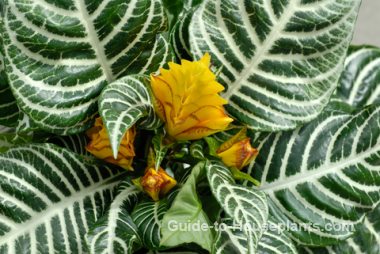
Zebra Plant Aphelandra Squarrosa Picture Care Tips
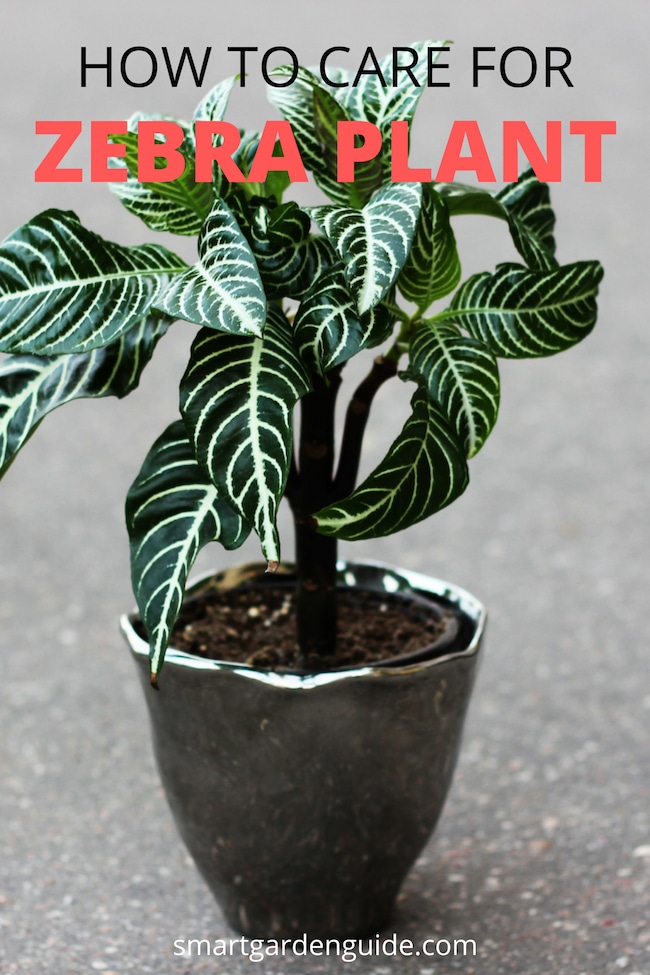
Zebra Plant Care How To Grow Aphelandra Squarrosa Smart Garden Guide
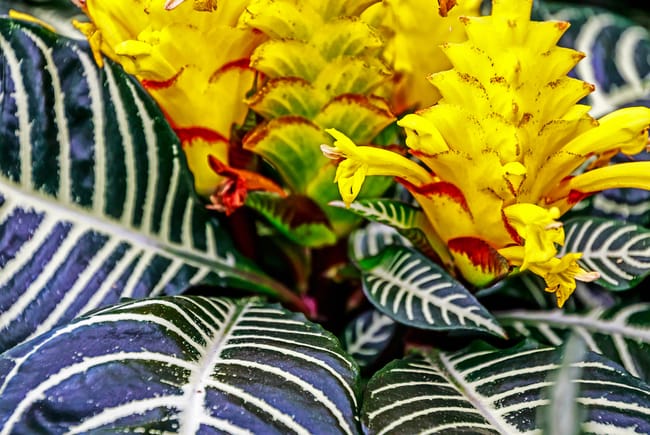
Zebra Plant Care How To Grow Aphelandra Squarrosa Smart Garden Guide

How To Care For A Zebra Plant Aphelandra Squarrosa Bigboyplants

Zebra Plant Is Difficult To Grow But Well Worth The Effort Silive Com
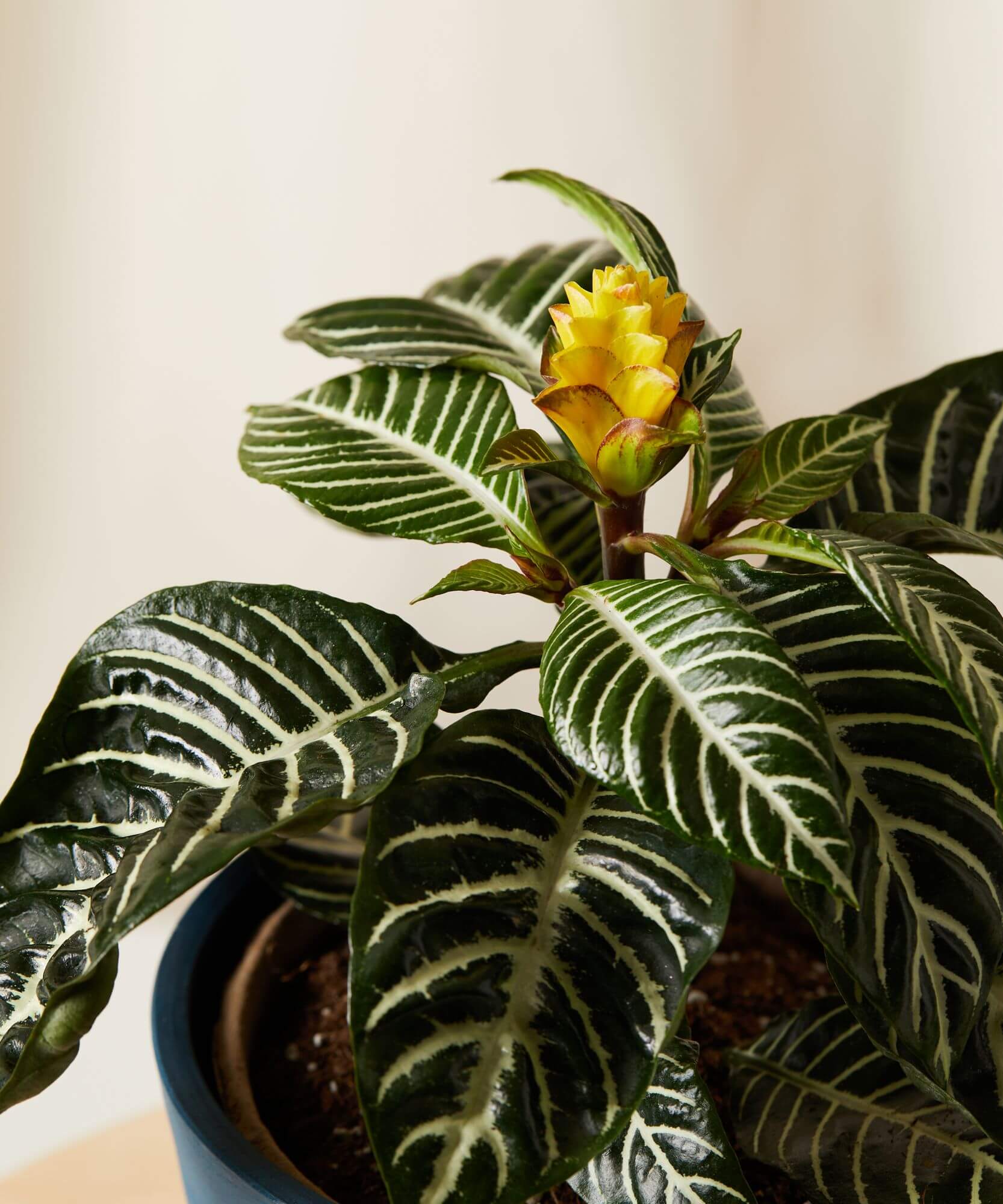
Zebra Plant 101 How To Care For Zebra Plants Bloomscape

Zebra Plant Aphelandra Squarrosa Growing And Care

Zebra Plant Aphelandra Squarrosa My Garden Life
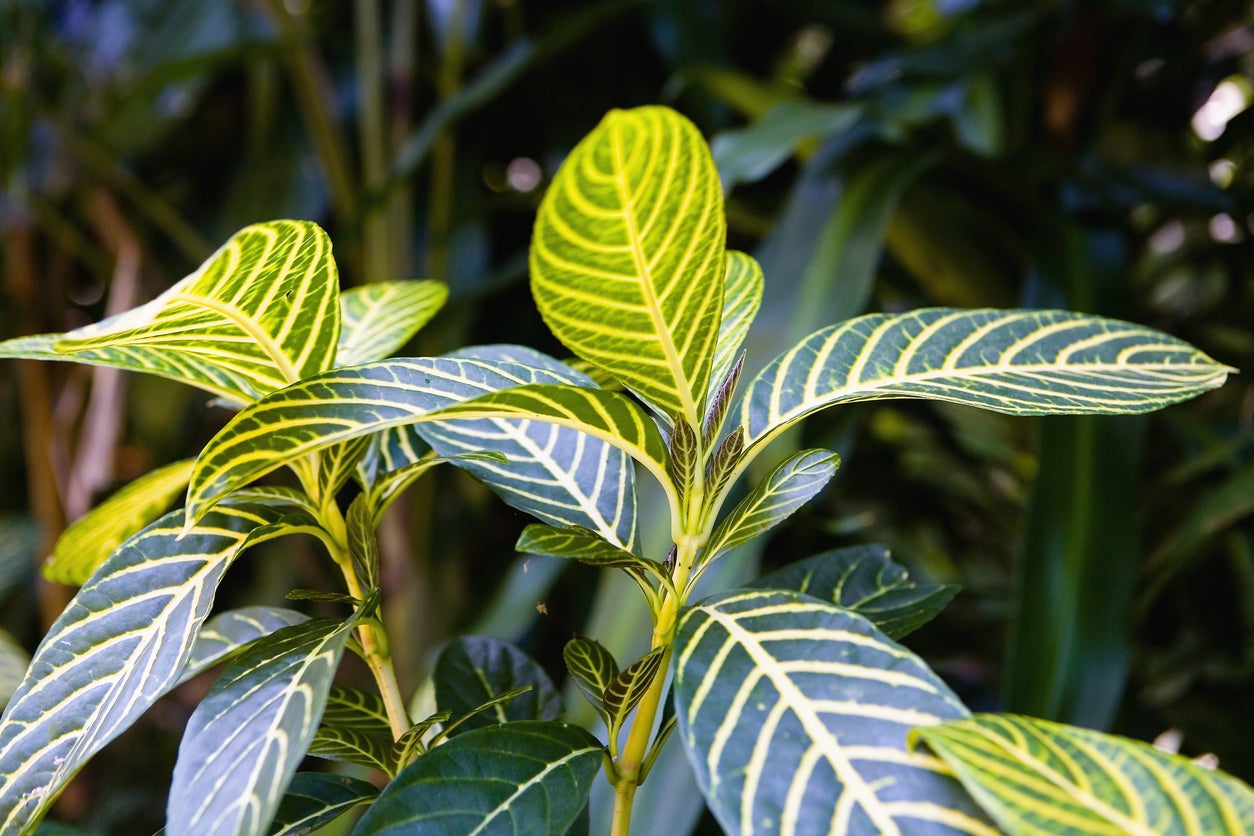
Aphelandra Zebra Plants Indoors How To Care For A Zebra Plant